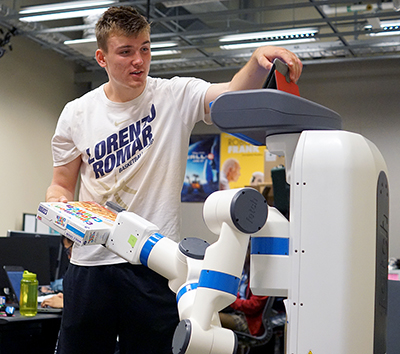
ABET is the accrediting board for college and university programs in the disciplines of applied and natural science, computing, engineering and engineering technology at the associate, bachelor, and master degree levels. For 2017-2018 ABET added "accessibility" as one of the potential constraints in its definition of "Engineering Design." This is in recognition that people with disabilities should be considered as users of products and services that are developed by engineers and computer scientists. It also reflects the desire by companies to hire students who have some experience in accessible design.
The ABET definition of Engineering Design now reads as follows: "Engineering design is the process of devising a system, component, or process to meet desired needs and specifications within constraints. It is an iterative, creative, decision-making process in which the basic sciences, mathematics, and engineering sciences are applied to convert resources into solutions. The process involves identifying opportunities, performing analysis and synthesis, generating multiple solutions, evaluating those solutions against requirements, considering risks, and making trade-offs to identify a high quality solution under the given circumstances. For illustrative purposes only, examples of possible constraints include accessibility, aesthetics, constructability, cost, ergonomics, functionality, interoperability, legal considerations, maintainability, manufacturability, policy, regulations, schedule, sustainability, or usability" (our emphasis).
This is just one of the reasons you may want to teach accessibility. See the AccessComputing website for more.